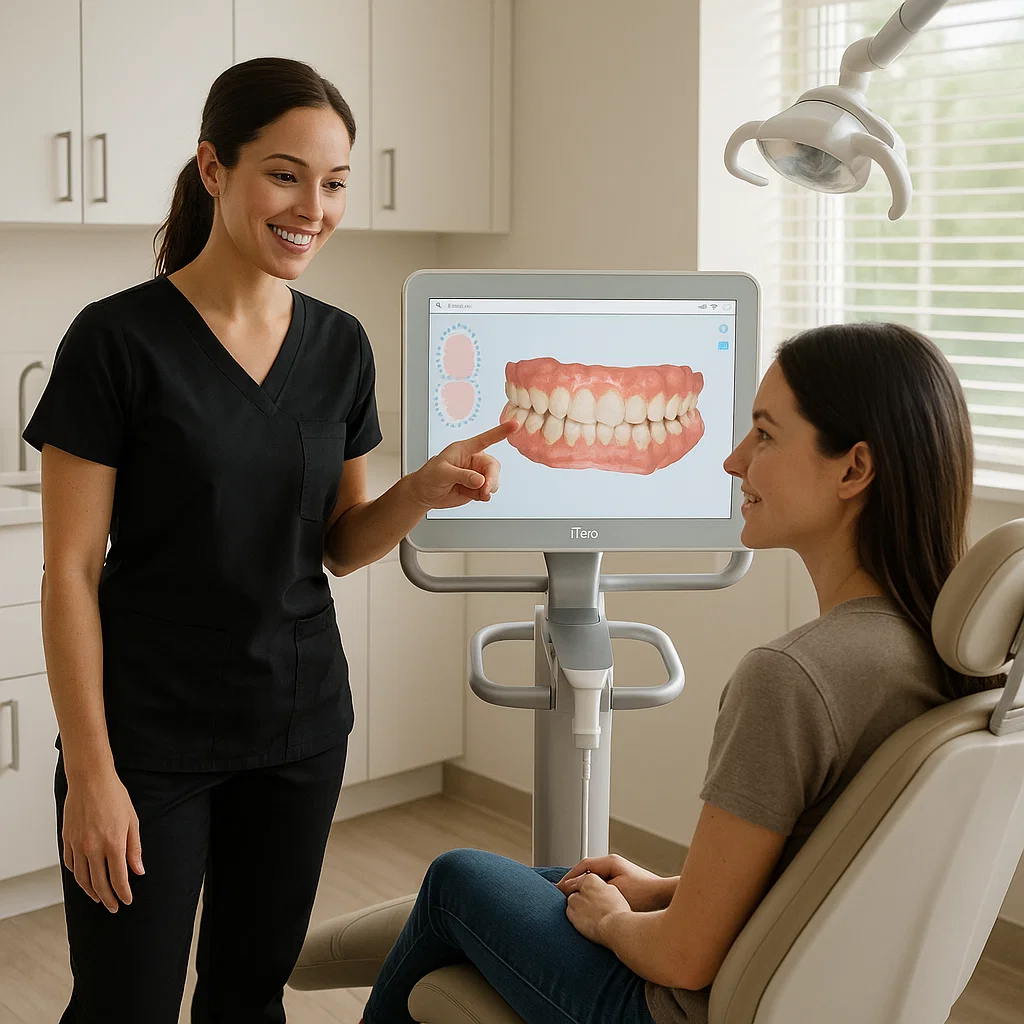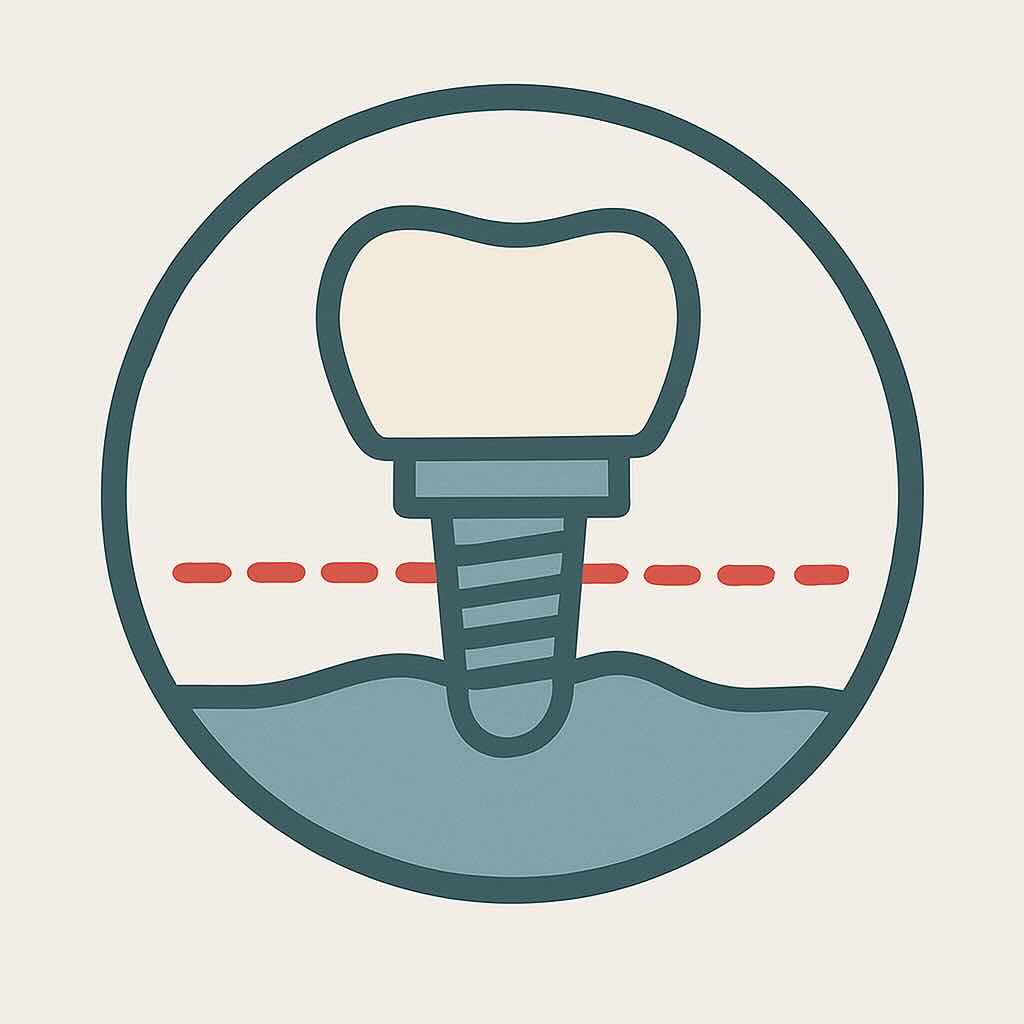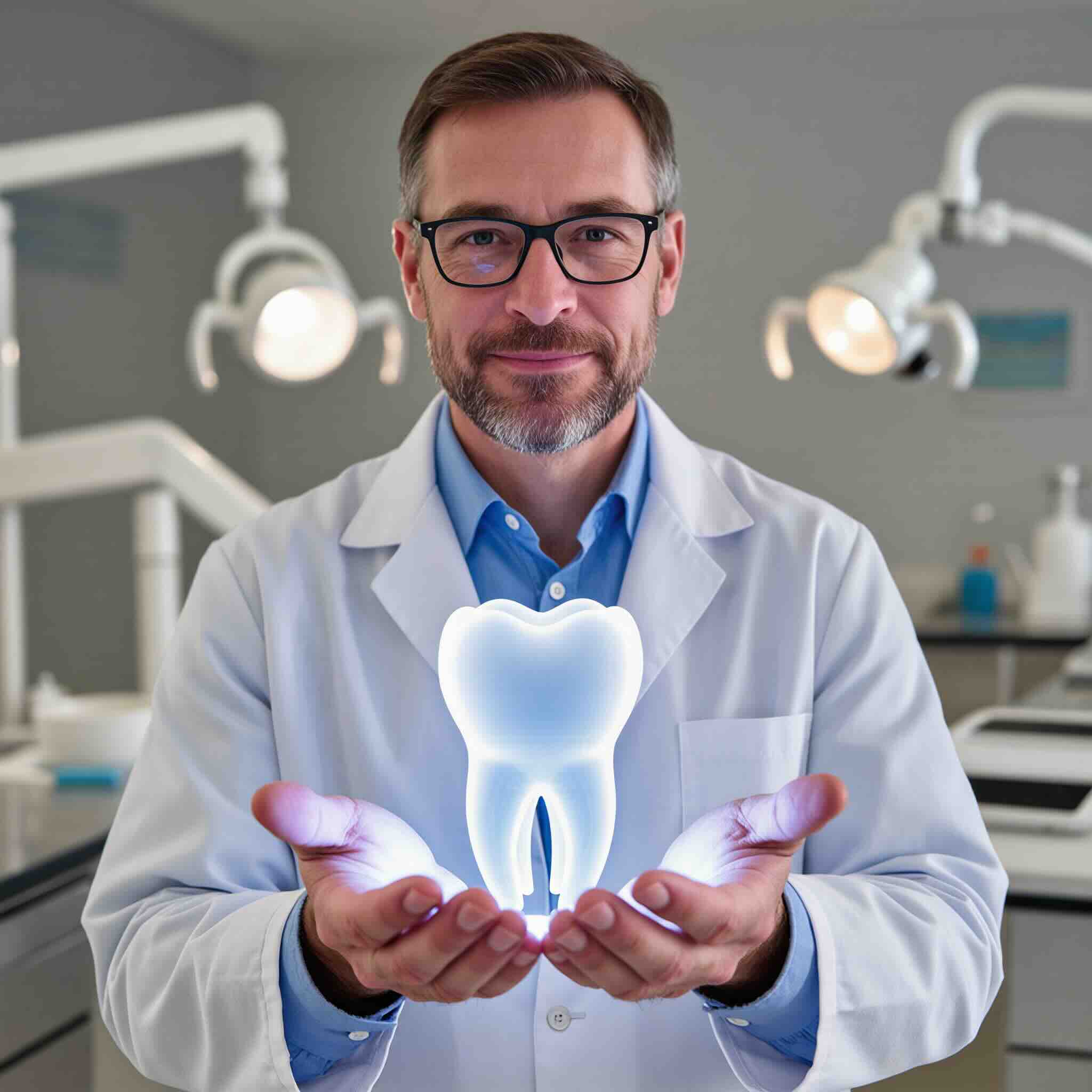When bone is lost, teeth and implants lose their support.
At KYT Dental Services, we use bone grafting to rebuild what’s missing — so your teeth, gums, and future restorations stay strong.


Bone is the foundation that keeps your teeth in place. Without it, gums recede, teeth loosen, and implants can’t be placed. Bone grafting:




✨ Prevents jawbone shrinkage after tooth loss
✨ Supports dental implants and long-term restorations
✨ Keeps facial structure from collapsing inward
✨ Protects nearby teeth and gums from shifting
Bottom Line: Bone grafting builds a strong foundation that protects your teeth and keeps future options open.

⚠️ Jawbone shrinks and weakens over time
⚠️ Implants may not be possible later without major surgery
⚠️ Gums recede, making teeth look longer and older
⚠️ Risk of loose teeth and collapsed facial appearance
Bottom Line: Skipping grafting may save time now but can lead to bigger, more expensive problems later.
Bone Grafting Appointment:
Healing & Follow-Up:





